Akron Innerbelt Reunion recalls effects of 1960s urban renewal plan on the Black community
The construction of the Akron Innerbelt highway in the 1970s contributed to the death and decay of what was once the city's largest Black community.
More than 50 years later, this dark chapter of Akron history is being illuminated for a new generation, with plans being set in motion for the renovation and repurposing of a decommissioned section of a highway that uprooted so many Black lives decades prior.
"This was such a vibrant area and as painful as reliving this history may be, I'm glad we are getting an opportunity to celebrate the lives of a generation who had their entire families and livelihoods uprooted by the Innerbelt construction," said longtime Akron resident James Hairston.
"What is sad is at the time the money that these Black-owned businesses and churches were given to relocate was so little that they had to exist at a lower standard than what they experienced before, and this lower standard is still experienced in this neighborhood so many years later," Hairston said.
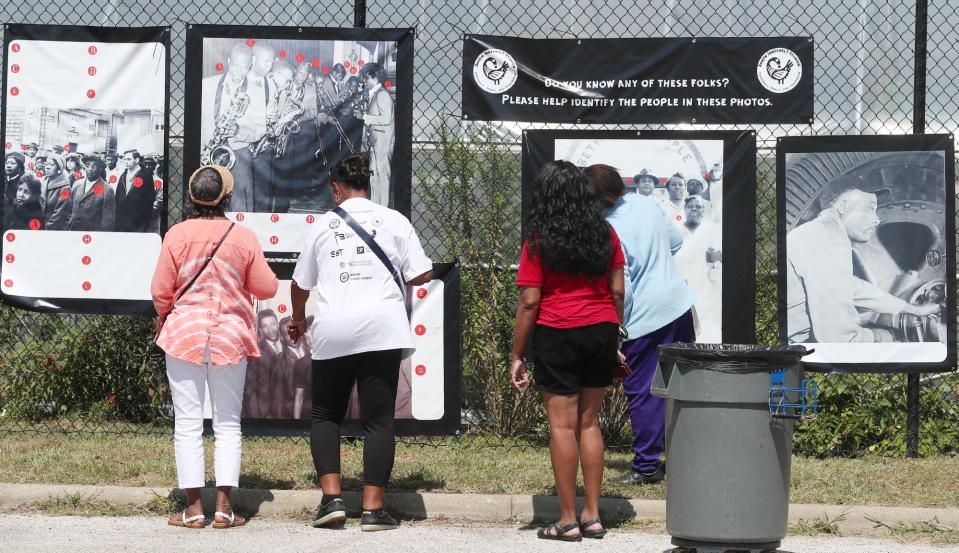
The Akron Innerbelt Reunion, hosted Sunday afternoon by the Akron Urban League outside its building, brought together people displaced by the project. The reunion featured a "Yesterday, Today, and Tomorrow" theme, which saw speakers commemorate the history of this doomed highway project while looking toward the future and healing the broken hearts and spirits of the individuals and families affected by the Innerbelt's construction.
"We want to reclaim, revitalize and renew our community, and this reunion is so important because it brings individuals together who want to commit to each other and ensure that the rebuilding of this community happens and that the history of this Black community is never forgotten," said local resident Ted Thompson, who grew up in a neighborhood affected by the Innerbelt.
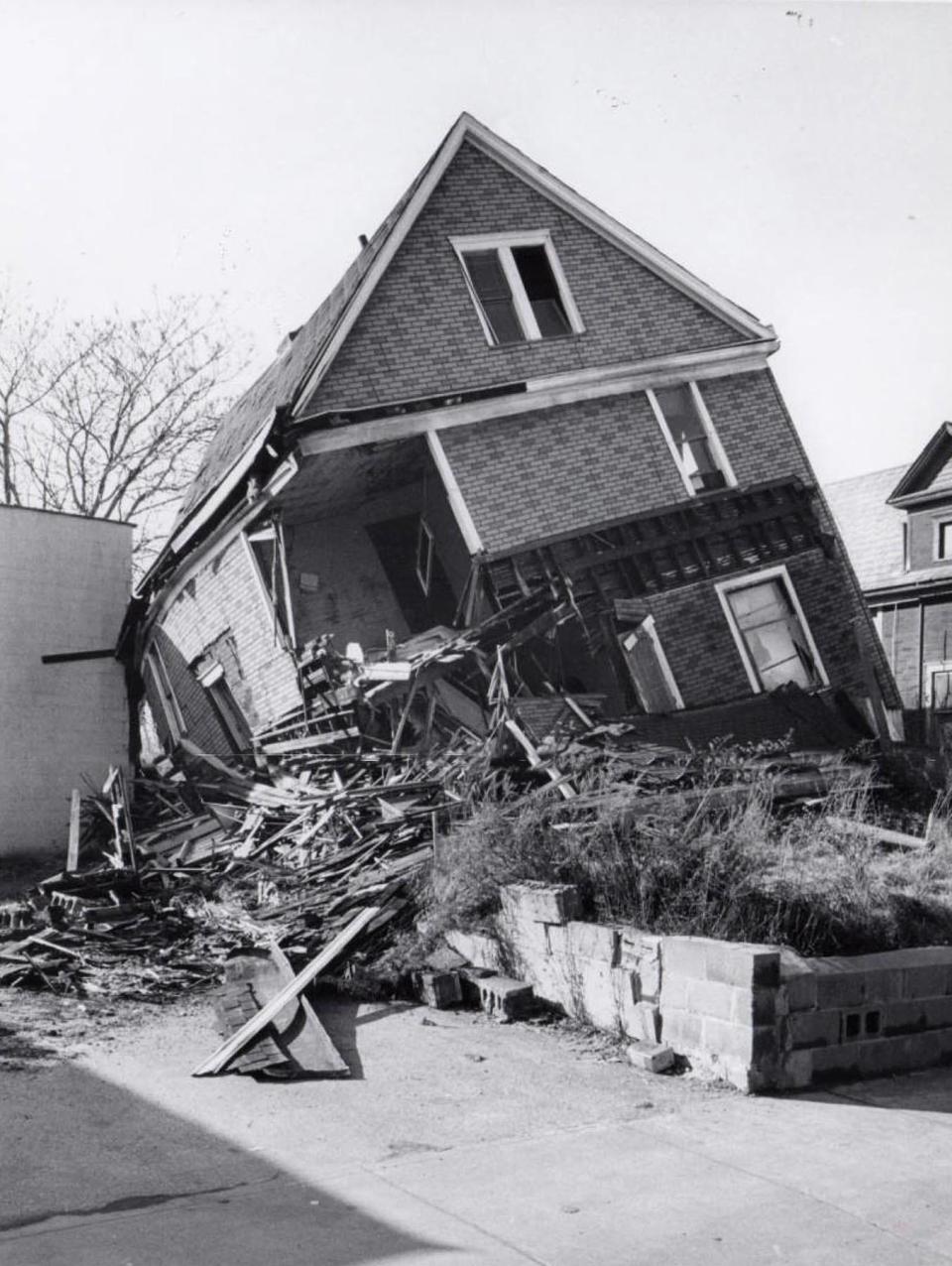
Attendees at Sunday's event visited booths to learn more about the Innerbelt construction and its impact. There also were maps of the area they could mark with lost businesses and photos of people they helped identify.
Inside the Akron Urban League facility, they watched videos that provided additional background on the affected neighborhoods from the people who lived there. Attendees also had the opportunity to record their memories of what the area was like before the Innerbelt's construction.
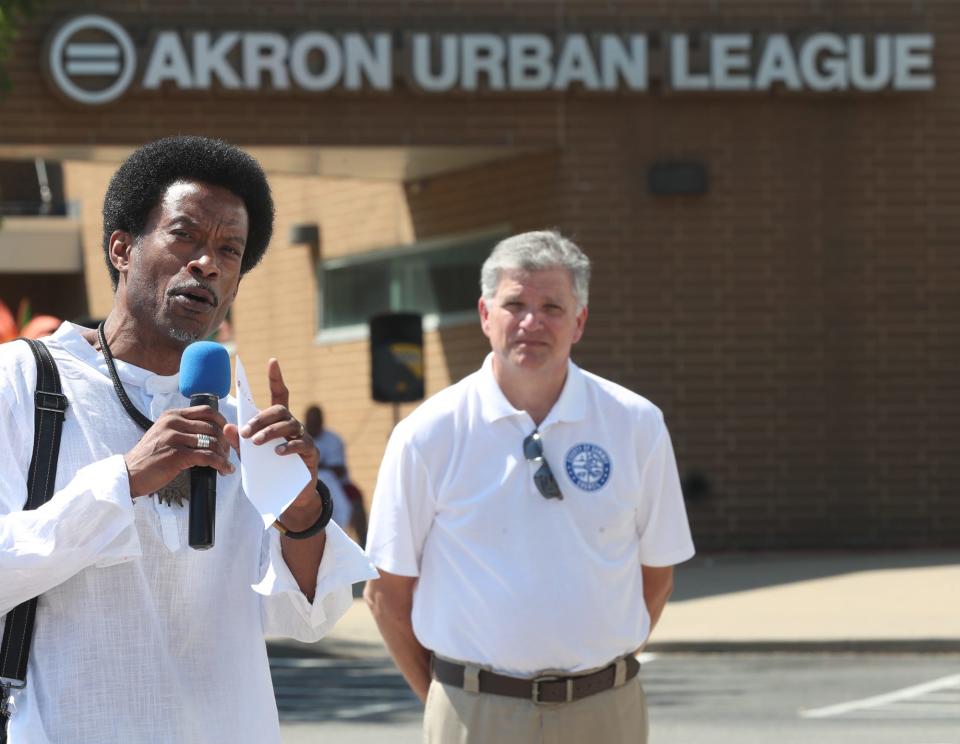
"This Innerbelt reunion allows people to see the impact of flawed policy and how such policy can destroy a community," said Ward 4 Council Representative Russ Neal. "The ability to acknowledge the history of this community and not replicate such destructive policies in the future is so important, and I hope this reunion allows people to see just how unique this Black community was and what was lost with the Innerbelt's construction."

Along with Akron Urban League, sponsors of the reunion included the Akron Beacon Journal, the Akron NAACP, the Freedom BLOC, the city of Akron, Akron African Village, Big Love Network, Reconnecting Our Community, the Knight Foundation, and St. Ashworth Temple Church of God in Christ.
The event allowed people to discuss the best future plan for a 30-acre decommissioned portion of the Innerbelt, which was never completed. The section is now owned by the city of Akron, which is asking for public input on what to do with the stretch of land.
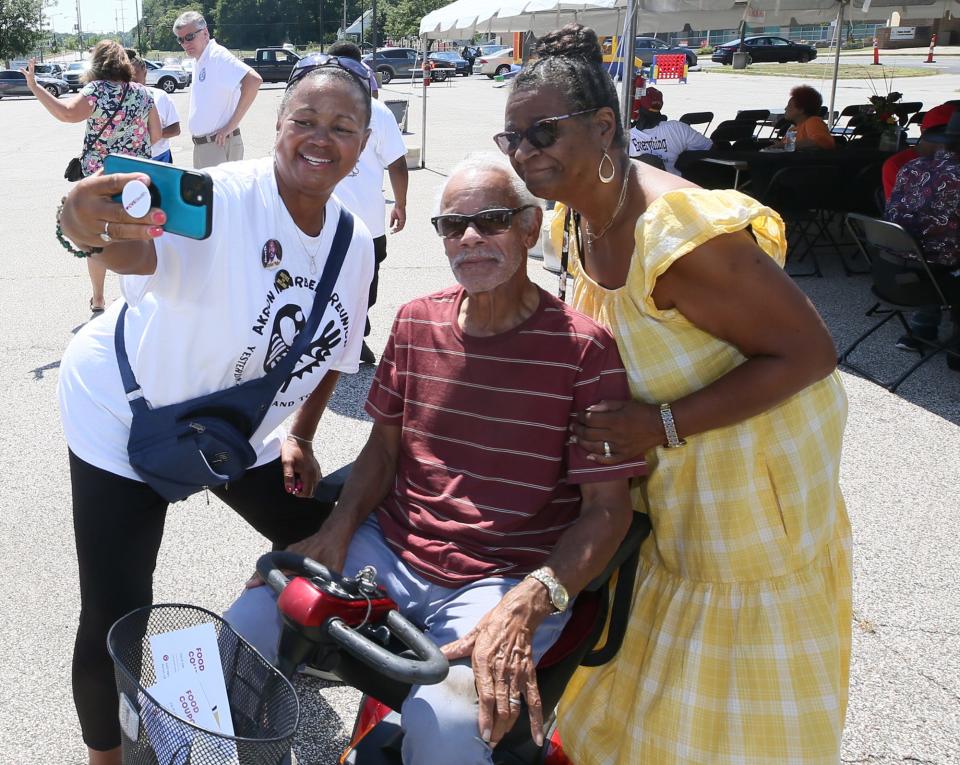
"It has always been a challenge to hear about the displacement of these families and businesses due to this Innerbelt project, and we wanted to be a part of the healing process and find a creative solution for those affected by this 'highway to nowhere,' " said Akron NAACP President Judi Hill.
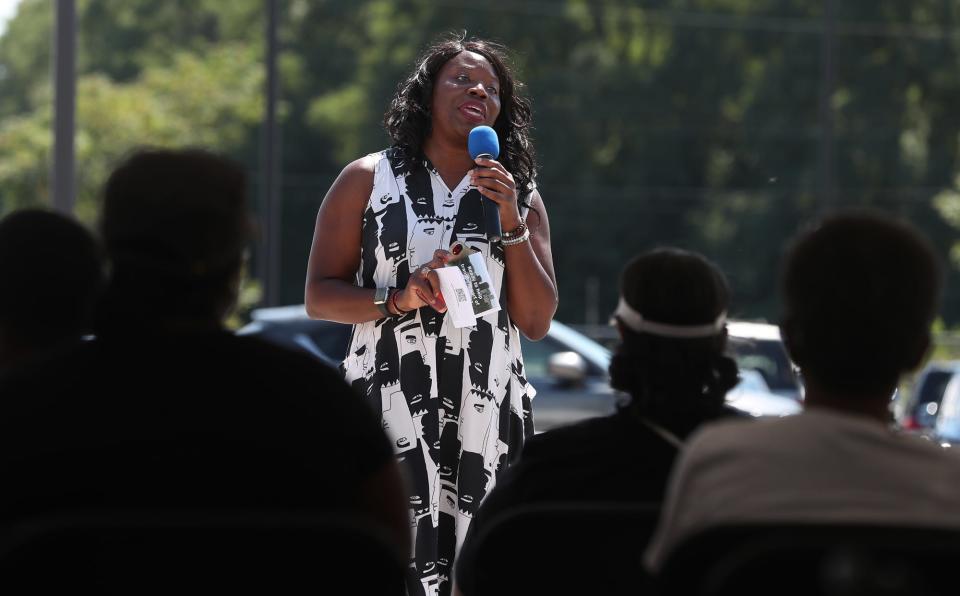
Liz Ogbu, an architect and urbanist, was hired by the city of Akron to help design and repurpose the 30-acre stretch of highway. This "Reconnecting Our Community" project hopes to engage the community with other events in the near future, including a free jazz concert Sept. 10.
"This isn't just the history of Black Akron, this is the history of Akron as a whole, and to be able to participate in the reinvigoration of this community is significant because so many rich stories that might have died with the Innerbelt's construction deserve to be told and memorialized," Ogbu said.
To learn more about the history of the Innerbelt highway and to participate in community engagement concerning the Innerbelt's future, visit akroninnerbelt.com.
Reporter Anthony Thompson can be reached at ajthompson@gannett.com. Follow him on Twitter at @AThompsonABJ
This article originally appeared on Akron Beacon Journal: Akron Innerbelt Reunion recalls 1960s urban renewal failure

